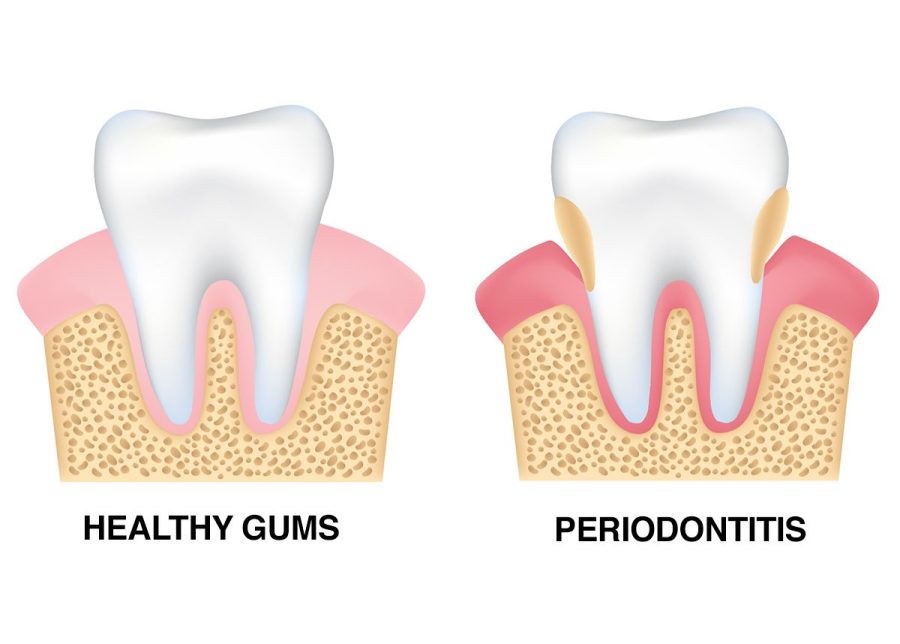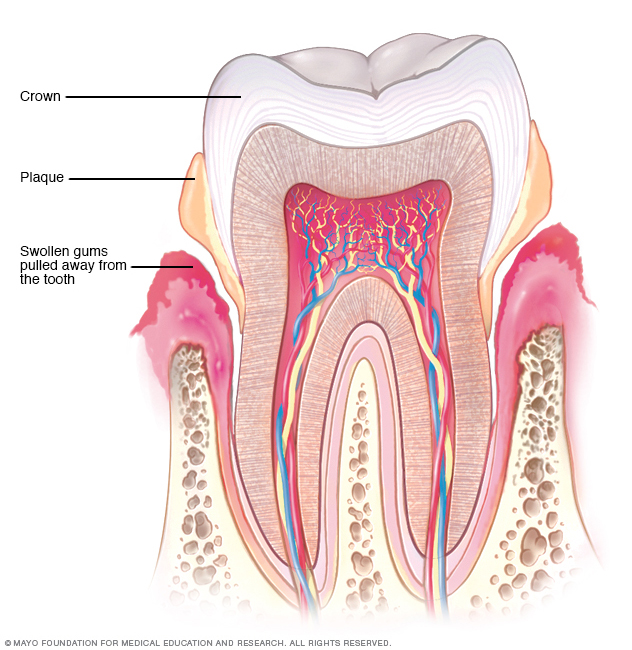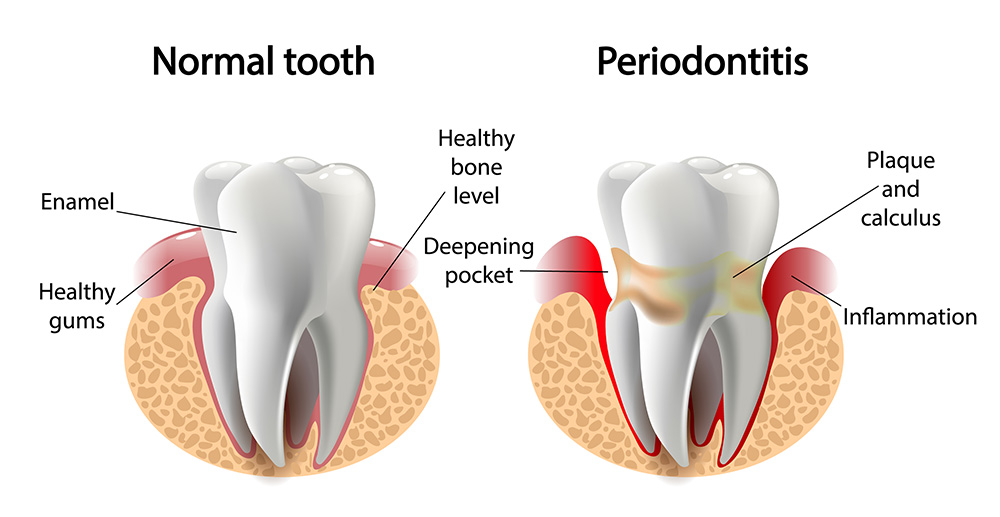As the name implies, periodontists specialize in the gums and supporting structures of the teeth known as periodontics. But what exactly does that mean? Periodontics is the branch of dentistry dealing with the prevention, diagnosis, and treatment of diseases of the gums: gingivitis, periodontitis, and other gum diseases affect the supporting structures of teeth. To that end, a periodontist has specialized training in diagnosing and treating diseases related to this specific area of dentistry. They are also able to successfully treat patients who have experienced complications as a result of advanced periodontal disease. Here’s what you need to know about what a periodontist does on a day-to-day basis.
What is a Periodontist?
A periodontist is a dental specialist who treats gum disease and other dental issues that affect the tissues surrounding the teeth and supporting structures of the teeth. This includes the gums, the ligaments and tendons, and the bones that hold the teeth in place. Periodontal diseases are bacterial infections that destroy the tissues that support the teeth and can lead to tooth loss.

This includes dental practitioners who specialize in treating and managing gum disease, periodontal disease, and other conditions affecting the supporting structures of teeth. In the United States, there are two types of doctors who treat gum disease and other conditions affecting the teeth and the gums. General dentists and periodontists. The difference between the two professions is the type of training and education each has obtained in order to practice their respective fields.
What does a Periodontist do?
As we mentioned above, periodontists specialize in the gums and supporting structures of the teeth. While they treat a wide range of periodontal diseases. While periodontal disease is a bacterial infection, you can’t catch it from another person. In fact, you’re more likely to develop periodontal disease as you get older.
While general dental care is important for your teeth. Regular periodontal examinations are even more important during this stage of life. In fact, periodontal disease is the most common cause of tooth loss in adults. Other than gum disease, here are just a few of the other things a periodontist does.
- Diagnosing dental or periodontal disease.
- Treating dental or periodontal disease.
- Extraction of teeth if necessary.
- Surgical placement of dental implants if needed.
- Gum Recession.
- Bone Loss.
- Loose or Missing Teeth.
- Cosmetic Gum Surgery.
Treatment of periodontal disease
Progression of periodontal disease can be slowed or even stopped through a combination of professional cleaning, regular home care, and the use of antibiotics and other medications.
- Regular brushing and flossing.
- Professional cleaning by a dental hygienist.
- Regularly visiting your dentist for routine dental exams.

Paying special attention to any signs of gum disease and other conditions affecting the supporting structures of teeth.
Receiving periodontal maintenance treatment to prevent and treat periodontal disease.
If gum disease is not treated early, it can cause the gums to pull away from the teeth. Forming pockets between the teeth and gums. These pockets collect bacteria, food, and saliva and are extremely difficult to clean.
Gum disease is also associated with other health problems, such as heart disease, and diabetes. And low birth weight in pregnant women.
Regeneration of teeth
When treating gum disease and other dental issues that affect the supporting structures of the teeth. A periodontist may consider gum grafting. This process involves removing tissue from one area of the mouth and implanting it into an adjacent area that needs more support.
Close spaces between teeth: Treat certain types of oral infections.
Restore lost jawbone caused by certain types of oral cancers: Gum grafting can either be done as an outpatient procedure or while you are asleep in the hospital. Depending on the reason for the procedure, healing will take from several weeks to several months.
Other surgical treatments a periodontist can perform:
- Dental crown lengthening to fix a gummy smile or an uneven gum line
- Gum grafts to reduce the appearance of long teeth from age-related recession or prior gum disease
- Ridge augmentation to restore the natural curve of the gums and jaw after replacing a lost tooth with a fake, or artificial, tooth
- Laser treatments
- Regenerative procedures to encourage new bone and tissue growth
- Dental crown lengthening, removing excess gum tissue
- Dental implants to hold a replacement tooth or bridge
Conclusion
As you can see, the duties of a periodontist go well beyond the diagnosis and treatment of gingival disease. Other dental conditions, such as tooth decay, may require the assistance of another dental professional. They have extended training in the gums and bone. While a general dentist can treat gingival disease with cleanings, and scaling; a periodontist can treat advanced periodontal disease cases that a general dentist cannot.
Follow Us For More Updates





